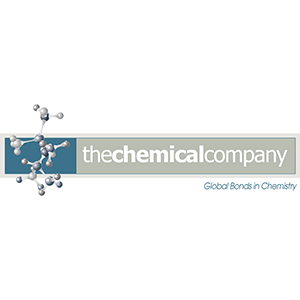Succinic acid (butanedioic acid) is a dicarboxylic acid that occurs naturally in plant and animal tissues. The chemical is also known as “Spirit of Amber.” When it was first discovered, it was extracted from amber by pulverizing and distilling it using a sand bath. It was primarily used externally for rheumatic aches and pains.
Almost infinite esters can be obtained from carboxylic acids. Esters are produced by combining an acid with an alcohol and removal of a water molecule. Carboxylic acid esters are used in a variety of direct and indirect applications.
Lower chain esters are used as flavoring base materials, plasticizers, solvent carriers and coupling agents. Higher chain compounds are used as components in metalworking fluids, surfactants, lubricants, detergents, oiling agents, emulsifiers, wetting agents, textile treatments and emollients.
Esters are also used as intermediates for the manufacture of a variety of target compounds. The almost infinite esters provide a wide range of viscosity, specific gravity, vapor pressure, boiling point, and other physical and chemical properties for the proper application selections.
Applications
TCC’s succinic acid is used as a flavoring agent for food and beverages. Producing five heterocyclic compounds, it is used as an intermediate for dyes, perfumes, lacquers, photographic chemicals, alkyd resins, plasticizers, metal treatment chemicals, and coatings. It is also used in the manufacture of medicines for sedatives, antispasmers, antiplegm, antiphogistic, anrhoers, contraceptives, and cancer-curing.
Shipping Information
Succinic acid from The Chemical Company is available for shipping throughout the continental United States with 1 week lead time. Please call (401) 360-2800 for details. Standard packaging for the product is 25kg bags, 1 met ton supersacks, and in bulk. Special packaging is available upon request.



